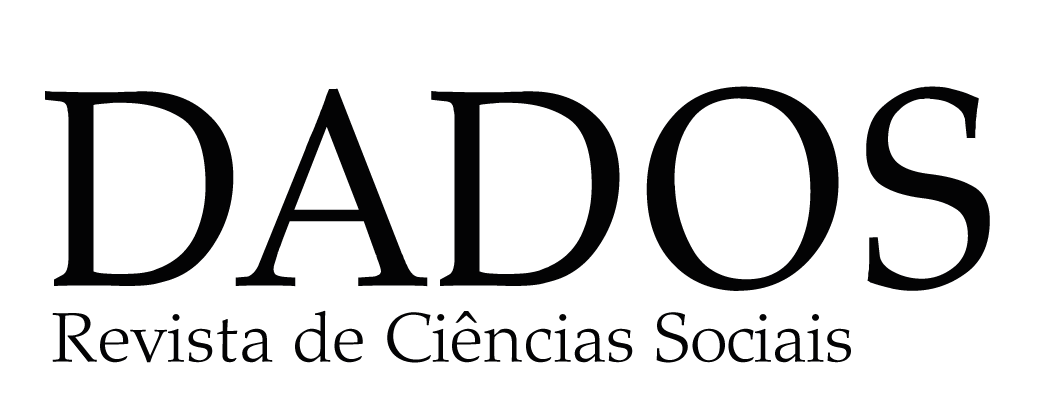Abstract
This article proposes an indicator that describes each Brazilian municipality’s learning level of its elementary school students, as well as learning inequalities among groups of students defined by socioeconomic status, race, and sex. This indicator is necessary because learning inequalities are growing and are not observed by the country’s main educational indicator, the Basic Education Development Index (IDEB). This study initially conceptualizes justice in education, positioning itself in the debate on theories of justice. Then, it presents the methodological aspects of the indicator and the results obtained. The main finding is that the subjects and school grades in which the highest number of municipalities increased their learning levels are also those in which there was a strong increase in inequalities.
right to education; educational assessment; justice in education; education inequalities; IDEB
